The umbrella term data management covers distinct tasks, enabling a business to preserve, sustain, and extract value from data. With various disciplines comprising data management, there is often confusion on what many deem as interchangeable terms. Some examples include: data quality vs data integrity, data governance vs data catalog, metadata management vs master data management, or data analytics vs business intelligence.
To add to the confusion around the terms, data management teams also find it difficult to answer what tasks fall under which discipline.
Here are four common questions we often hear:
- Is organizing and documenting the people, processes, and technology involved in managing information a data catalog or a data governance initiative?
- Does a data catalog provide visibility and understanding of data or is that data governance?
- Is the point of a data catalog to help data users understand data and transform the information into analytical insights?
- Is it data governance that strengthens accountability for data assets while enabling organizations to unlock business intelligence?
The reality is, all of the above fall under data governance and data catalog practices.
While a data catalog and data governance have different definitions, the goal of both is to empower all data users to know, use, and trust available data sets. Both provide data intelligence that help organizations answer questions about their data and use that information to be more efficient and effective. Consequently, businesses must understand the difference between the two terms, agree on a common definition, and identify their synergistic relationships.
What is data governance?
Data governance is an enterprise framework that aligns people, processes, and technology, helping data users understand and transform data into a business asset. It also delivers visibility into data, allowing organizations to reduce risk presented by global data privacy laws.
Data governance identifies the data owners responsible for ensuring data quality, regulatory compliance, and appropriate data usage. Identifying ownership ensures that someone is responsible for the data’s origin, definition, business attributes, relationships, dependencies and more. There are usually various owners for different types of data, but most critical is making sure that the organization collaborates across the enterprise to agree on ownership and terms.
Governance assigns data stewards to supervise data analysis, produce reports for data users, and answer data questions. Data governance also recognizes all data users who are required to follow all established governance guidelines and policies.
Promoting collaboration across IT and different departments to establish enterprise-wide agreement on standard data definitions and models is critical to creating an integrated data catalog.

Connecting data governance with data catalog projects
There are clear connections between building a data catalog and data governance.
Data catalogs are a dictionary of knowledge about the data and processes an organization uses to manage and consume data. Data catalogs arrange data into a simple, easy to understand format so all data users can consume and use it.
A data catalog is a core component of data governance.
While data governance identifies data owners, stewards, and users, the data catalog shows the data assets of an organization and where they’re located. In a nutshell, it helps users get a handle on their data. As a result, different data users know exactly where to go when data questions arise. In the arsenal of data governance capabilities, a data catalog has moved from a “nice to have” to a “must have” due to the growth in data volume.
Data governance also provides an enterprise framework that encourages teamwork and collaboration to synthesize all the technical and business details surrounding an organization’s data assets, across multiple data users in different departments. The information is crucial to track, and must detail both technical and business data lineage in the data catalog.
Let’s take the data catalog one step deeper
Data lineage identifies data’s movement across an enterprise, from system to system or user to user, and provides an audit trail throughout its lifecycle. Data lineage also empowers all data users to identify and understand the data sets available to them.
Technical data lineage captures data on a physical level, so IT resources can mitigate regulatory risk and data quality issues. While business lineage enables business users to understand data’s relationships with other data sets, identify crucial business process relationships, and discover the flow and dependencies of data. Having this information helps business users make informed business decisions based on data—using the right data, in the correct business process for meaningful insights. Automated data lineage ingestion technologies help provide the required information both IT and lines of business users.
Read our eBook
Looking for a Data Catalog?
Learn about the basics of what a data catalog is, how it works and what business challenges it can help solve.
Why you must provide business knowledge around enterprise data catalogs
One additional level of detail critical to a successful data catalog is detailed business knowledge around the meaning of data.
For instance, a data intelligence platform with integrated and automated capabilities for data lineage, data governance, data quality metadata management, and analytics automatically profiles and discovers data patterns and descriptors. By autonomously profiling data, companies derive business lineage, identify relationships with other business assets, quickly understand business context around data, locate data quality scores, measure business impact and ultimately, create a centralized browsable, curated, business intuitive data catalog.
The key role of data governance is to understand data. With data governance, businesses can define and agree on standard business glossary definitions, business rules and enforceable data standards across departments. Organizations that build a data catalog with a data governance framework ensure the data remains trustworthy and protected. The by-product is a one-stop-shop of data knowledge that’s easily accessible to any data user across the enterprise. The catalog includes data’s business meaning, its usage department-wide and how it impacts associated data. Details around data are essential to improving trust among business users, supplying comprehensive business knowledge and deriving data’s value. See how Precisely can help you build a successful data catalog to accelerate leveraging your data as an asset.
Read our eBook Looking for a Data Catalog? and learn about the basics of what a data catalog is, how it works and what business challenges it can help solve.







